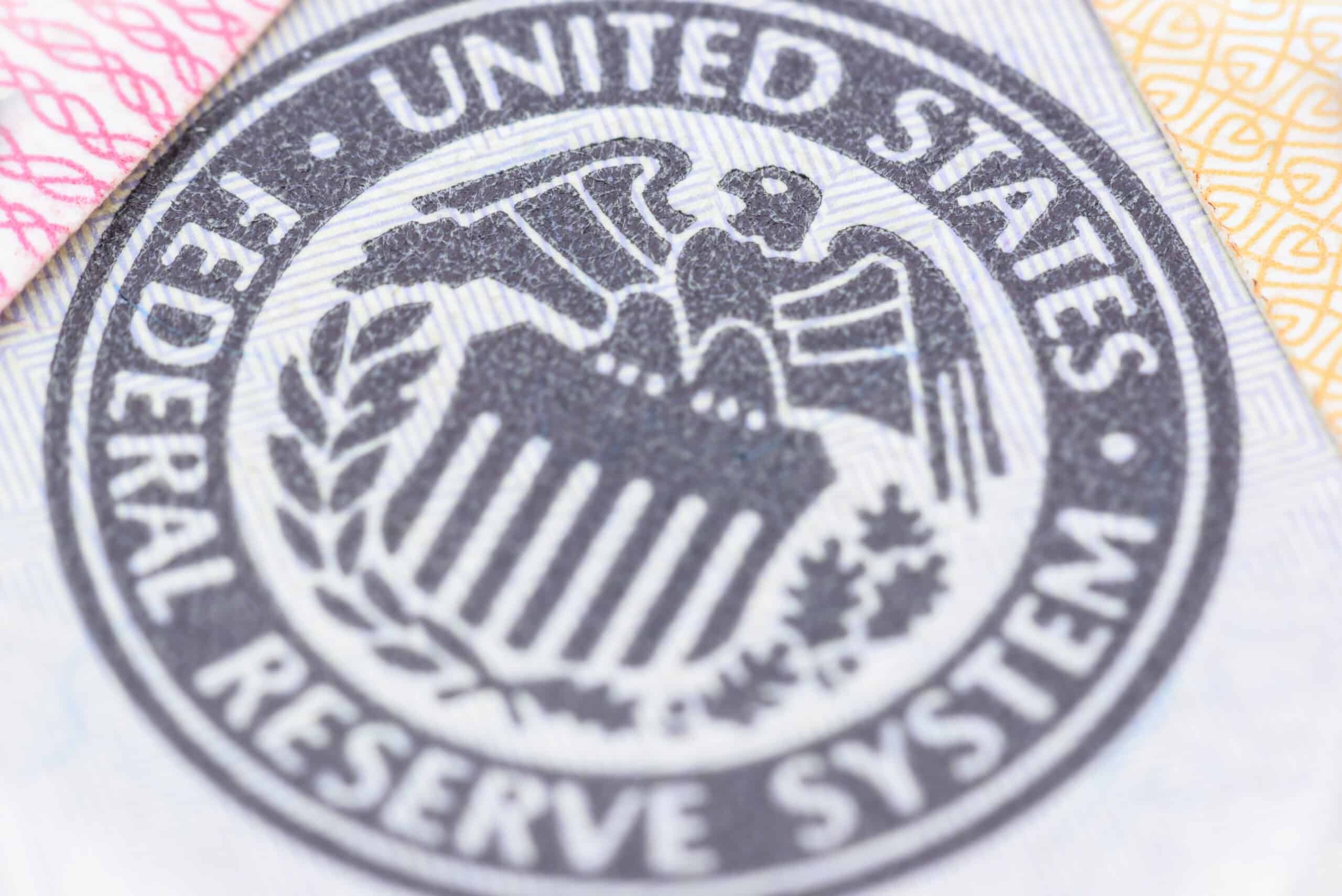

Inflation is throwing a nasty curveball at Social Security recipients. Rising grocery bills, housing costs, and utility prices are squeezing fixed incomes, and many retirees are struggling to make ends meet.
In fact, according to Feeding America, one in 14 seniors was food insecure in 2021. Many seniors also struggle to afford housing costs, spending one-third or even half of their income on housing alone.
While there is no magical solution, the upcoming Federal Open Market Committee (FMOC) meeting on June 11th is something every retiree should be watching! At this meeting, the interest rate will be determined, which will, in turn, provide a hint at what 2025’s COLA could be. Let’s look at how it may play out:
Why Are We Covering This?

Many are watching the FMOC’s meeting on June 11th through the 12th for a potential decrease in interest rates. However, those receiving Social Security should keep an eye on it, too, due to the indirect impact the FMOC’s decision may have on COLA.
The Squeeze on Social Security

Social Security is a cornerstone of financial security for millions of Americans. Currently, 70.6 million individuals receive some kind of Social Security benefit. Sadly, these benefits are facing a rising challenge: inflation.
While intended to provide a steady income, rising costs of everyday essentials have diminished Social Security’s buying power. Simply put, these benefits don’t buy what they used to, squeezing many people’s budgets.
We aren’t just talking about retirees, either. Those receiving disability benefits are impacted, too.
These beneficiaries may not be able to afford basic necessities, impacting their quality of life. Many of those receiving Social Security don’t have other sources of income, leaving little room for them to maneuver around inflation. Retirees with savings may find them diminishing faster than expected, too.
While it’s easy to reduce these beneficiaries to a number, it’s important to remember that they are real people who may have to choose between groceries and prescription medication.
Luckily, it isn’t all doom and gloom.
The Role of the FMOC

The FMOC and Social Security checks are not directly related. However, the FMOC can have a sizable impact on what retirees can expect their checks to be next year.
The FMOC is a powerful committee within the Federal Reserve that shapes the nation’s economic health. One of the FMOC’s primary tools is setting interest rates.
These rates influence borrowing costs throughout the economy. Lower rates typically stimulate borrowing and spending, potentially boosting economic growth but also potentially fueling inflation. Conversely, higher rates can slow economic activity and curb inflation but may also dampen economic growth.
The FMOC faces a delicate balancing act when setting interest rates. On one hand, they want to encourage economic growth, but they don’t want inflation to run rampant, either.
The FMOC’s actions can impact the effectiveness of the Social Security Cost-of-Living Adjustment (COLA), which determines how much Social Security checks increase each year.
The upcoming June 11th FMOC meeting is particularly crucial for Social Security recipients. The committee’s decision on interest rates could determine the amount of COLA in 2025. Of course, this all depends on the results of the June 11th meeting.
Potential Outcomes of the June 11th Meeting

The FMOC meeting won’t directly impact how much Social Security recipients are receiving. However, it can have an indirect impact, which may be significant. Here are some potential outcomes:
Scenario 1: Significant COLA Increase
If the FMOC decides to lower interest rates, inflation will likely increase. COLA is determined by inflation rates, so an increase in inflation would lead to a higher COLA. However, that isn’t necessarily good for seniors.
Increased inflation means higher prices. COLA may not be high enough to cover these increased prices. Because COLA is based on the previous year’s inflation data, inflation can increase faster than COLA can keep up.
Simply put, COLA is a year behind. It’s predictive, and predictions are rarely accurate.
A higher COLA increase may seem like a good thing. It’s a bigger number on each check, after all. However, quickly rising inflation prices can make it harder for COLA to be accurate, leading to lower purchasing power for retirees.
Scenario 2: Modest COLA Increase
If interest rates remain the same and inflation begins to lower, COLA may be around average. Currently, this is the most likely scenario. Assuming the interest rates don’t increase rapidly in 2025, a modest COLA increase may be the best all-around.
While the number on the check may be smaller, COLA may more accurately cover inflation, allowing beneficiaries to maintain a similar purchasing power.
Often, it’s rapid inflation that COLA has a hard time covering, such as what occurred during COVID-19. Therefore, a more stable economy generally works best for everyone, even if the number is smaller!
Scenario 3: Minimal Increase in COLA
If interest rates are raised further, inflation may dive even more. With lower inflation rates, COLA may be lower, too. Of course, this isn’t necessarily a bad thing. Lower prices are good for everyone.
It’s mostly a matter of whether or not COLA covers inflation. If inflation dives in the latter half of 2024 but then increases in 2025, it’s likely that COLA won’t be enough. 2025 COLA is based on interest rates in the third quarter of 2024.
Luckily, if the interest rate is increased, prices are likely to remain low into next year, allowing COLA to cover rising prices.
One Thing to Remember
The exact impact of the FMOC’s decision on inflation and COLA is difficult to predict. Many other factors impact inflation, like global events and supply chain disruptions. The Federal Reserve doesn’t turn it like a dial. It tries to impact it through policy decisions, and these decisions don’t always have the effect they want!
The FMOC’s decision is several steps removed from COLA. The FMOC’s decision can impact inflation, which does impact COLA. However, it isn’t a 1-to-1 prediction, and many other factors are involved.
Therefore, it’s important not to assume what next year’s COLA will be based on the FMOC’s decision alone. We won’t know for sure until the official announcement by the Social Security Administration.
ALERT: Take This Retirement Quiz Now (Sponsored)
Take the quiz below to get matched with a financial advisor today.
Each advisor has been vetted by SmartAsset and is held to a fiduciary standard to act in your best interests.
Here’s how it works:
1. Answer SmartAsset advisor match quiz
2. Review your pre-screened matches at your leisure. Check out the advisors’ profiles.
3. Speak with advisors at no cost to you. Have an introductory call on the phone or introduction in person and choose whom to work with in the future
Take the retirement quiz right here.
Thank you for reading! Have some feedback for us?
Contact the 24/7 Wall St. editorial team.


